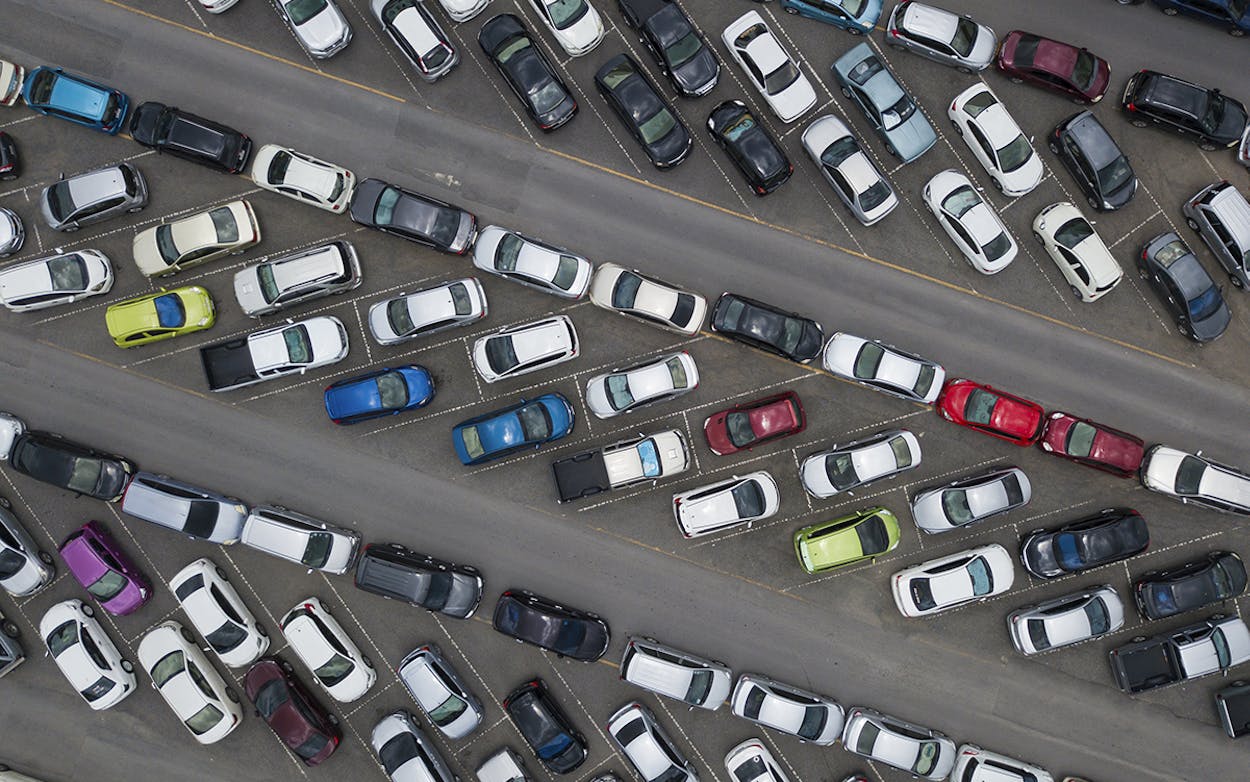It’s a bad time to buy a car if you’re in one of Texas’s four biggest cities for a couple of reasons, and they all go back to Hurricane Harvey. According to Black Book, there may be as many as half a million cars flooded in the wake of the storm, which means two things for car buyers. Neither of them is great: One, demand is a lot higher than usual, creating a seller’s market at a time of year when dealers are usually trying to unload old inventory at a good price; and two, some of those 500,000 cars that have been declared a total loss are going to get cleaned up and put onto the market anyway.
When it comes to the first issue, there are a few things a buyer can do to avoid suffering too much from a spike in prices. If you’re in Houston, buying a car outside of the city might be a good start—a 2016 Hyundai Sonata with under 50,000 miles starts at around $12,500 in Austin or San Antonio, while the same car in Houston will set you back at least $13,000, according to dealer prices on Autotrader. (The more distance you put between yourself and Houston, the better—in El Paso, those cars start at under $12,000, while up in Chicago, they’re just under $11,000.)
But if you’re in need of a car and you’re based in a part of the state where prices are steep, there’s a good chance that it’s because you’re need a vehicle now. So for many, getting out of town to drive a car back from a place where it’s cheaper isn’t an option. There’s not a whole lot that a buyer can do to circumvent high demand, but general advice on how to be a conscientious consumer still applies: don’t let yourself be pressured, don’t buy a car you’re not sure about, and don’t buy one that you can’t afford.
Waiting could be a good option if it’s possible for you, but there are risks that come with that too. The longer you wait, the harder it’ll be to identify a flooded car as they get cleaned up and put onto the market.
Right now, a few weeks after the storm, it’ll be tough for anybody to sell a Harvey-flooded car. If you smell mold (or the overwhelming scent of hastily-applied air fresheners), that’s a red flag. But as time goes on, it’ll be easier for unscrupulous sellers to mask the evidence of a flood. Even if it’s been thoroughly cleaned, a flooded car will still present a mechanical nightmare—an engine that’s started rusting isn’t going to stop, and it can take time before the damage is evident to a car’s electronic systems.
In addition to smell, check for visual signs of water damage. Is there moisture inside of the headlights? When you lift up the rugs, or peek under the seats, does the upholstery look unusual? Does it look like the seat-mount screws have been replaced recently, indicating that someone removed the seats for a suspiciously thorough cleaning?
Right now, many of the Harvey-flooded cars in Texas are stored in racetracks around the state, including the Royal Purple Raceway in Baytown and the former Texas World Speedway in College Station, and they’ll remain there for a long time. Those cars aren’t likely to end up back on the market, but even though the sheer number of them warehoused are staggering, there’ll be a lot that don’t make it out of commission. Still, as all of this unfolds, buyers should be careful.








